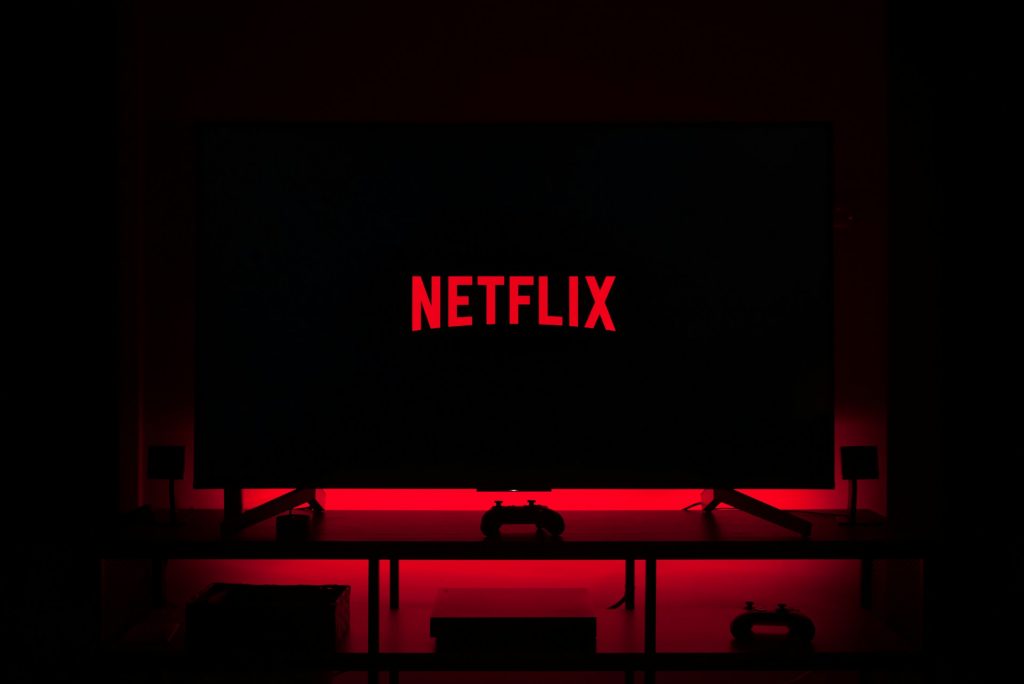Netflix has made significant headway in its campaign against password sharing, leading to a substantial increase in subscribers. The streaming giant added nearly twice as many new customers as expected in the first quarter of the year, with the subscriber base expanding by 9.3 million to a total of 269.6 million.
The initiative to curb the misuse of shared passwords has been a key driver of this growth. To retain viewers who have been using shared access credentials, Netflix now offers a discounted ad-supported subscription option. According to the company, 40% of new subscribers in countries where this option is available are choosing the ad-supported plan.
This strategy is also boosting Netflix’s advertising revenue. Analysts predict that the company will generate close to one billion dollars from advertising this year. Experts from the asset management firm Wedbush anticipate that this revenue stream will continue to grow strongly in the coming years, as the lower-cost ad-supported plan minimizes customer churn compared to more expensive ad-free options.
Profits and Future Strategies
Despite the surge in subscriber numbers, Netflix has announced that it will no longer provide quarterly updates on its subscriber count. The company argues that subscriber numbers are no longer as indicative of its competitive stance due to the variety of subscription models now offered. Instead, Netflix plans to focus on reporting its financial performance, including revenue and profit, as well as the popularity of its individual series and movies.
In the last quarter, Netflix’s revenue rose by approximately 15% to $9.37 billion, up from $8.8 billion the previous year. The quarterly profit also saw a significant increase, jumping from $1.3 billion a year ago to $2.33 billion.
Potential for Further Price Increases
Greg Peters, Co-CEO of Netflix, mentioned that the company still has room to enhance its service and subsequently ask customers to pay a bit more. Following recent price hikes in various countries, Netflix also raised its rates in Germany last week. The “Premium” subscription, offering 4K image quality and 3D sound, now costs €19.99, up from €17.99. The “Standard” subscription, which includes Full-HD quality and fewer simultaneous devices, increased from €12.99 to €13.99. However, the price of the ad-supported subscription remains unchanged at €4.99 per month.
In the U.S., the “Premium” subscription is priced at $22.99. Netflix notes that providing an attractive slate of programming requires substantial investment.
This strategic shift towards diversified subscription options and increased focus on ad revenue, along with targeted price adjustments, illustrates Netflix’s adaptive approach in a rapidly evolving digital entertainment landscape.
You may also like
-
Precious Metals Hit New Milestones as Gold Nears $4,500 and Silver Outpaces the Market
-
Morgan Stanley Signals Continued Activity in Avadel Pharmaceuticals
-
IG Metall Challenges Thyssenkrupp CEO Ahead of Contract Vote
-
Car Sales Surge in May as Plug-In Vehicles Reach Record Market Share in Spain
-
Hugo Boss Secures €500 Million Through Commercial Paper Program to Bolster Financial Flexibility
